Chris Dawson verdict: How litany of lies left Justice Ian Harrison SC with no doubt
Just 15 minutes into his five-hour ruling, Justice Ian Harrison found that Chris Dawson had lied when he said his wife Lyn telephoned him at Northbridge Baths the day after she went missing. From that point it was clear Dawson would be found guilty.
Dawson chose not to give evidence at his own murder trial, as he was undoubtedly entitled to do. The right to silence is a fundamental element of Western legal systems. It’s a common law right that dates back more than 400 years, emerging as a protection against cruel and oppressive legal processes such as the star chamber. No person shall be compelled to testify against themselves.
No judge or jury can draw an adverse inference against an accused because they refused to testify. Despite that, Dawson’s own words did him in.
Justice Harrison noted Dawson’s refusal to testify and noted he could not use that against him. But in the same breath he described a “wealth” of evidence about words spoken by Dawson after Lyn had disappeared. The most important of these was a lengthy police interview he gave to police in 1991. That statement, coupled with the bombshell evidence of JC at the murder trial, exposed a series of lies that led inexorably towards a finding of guilt.
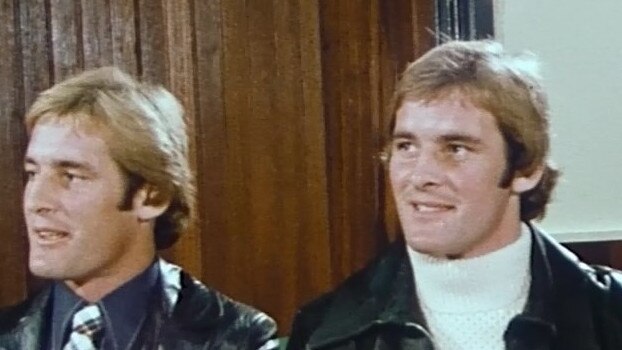
Dawson lied when he told investigators he took a road trip by himself to Queensland in December of 1981, when in fact he took JC with him.
Dawson lied when he said he wanted Lyn to come home. The evidence from JC was that he was besotted with her and that he had already moved her into the matrimonial bed.
Dawson lied when he said he entered a de facto relationship with her in April of 1982, when they had clearly begun their relationship much earlier.
Dawson lied when he said Lyn called him at the baths the day after she went missing. Key witnesses who were at the baths that day, and a fortuitous diary entry, debunked this.
Dawson lied when he said Lyn had suffered a breakdown when the evidence showed that despite her troubles, she had never exhibited any signs of a mental illness.
And most importantly, he lied when he told an impossible story about a devoted mother walking out on the children she loved so dearly, wearing nothing but the clothes she stood up in, with no money, and no means of supporting herself, telephoning only Dawson to tell him what was happening.

These lies accumulated until there was no reasonable doubt left about Dawson’s guilt.
If he had said nothing, it might have left open the possibility Lyn went for a walk to clear her head and died by misadventure. It might have left open the possibility someone else was to blame. Perhaps not in the court of public opinion, but enough to create reasonable doubt in the mind of a judge.
Thankfully, Dawson’s words made sure that didn’t happen.
John-Paul Cashen is a media lawyer and partner at Thomson Geer Lawyers

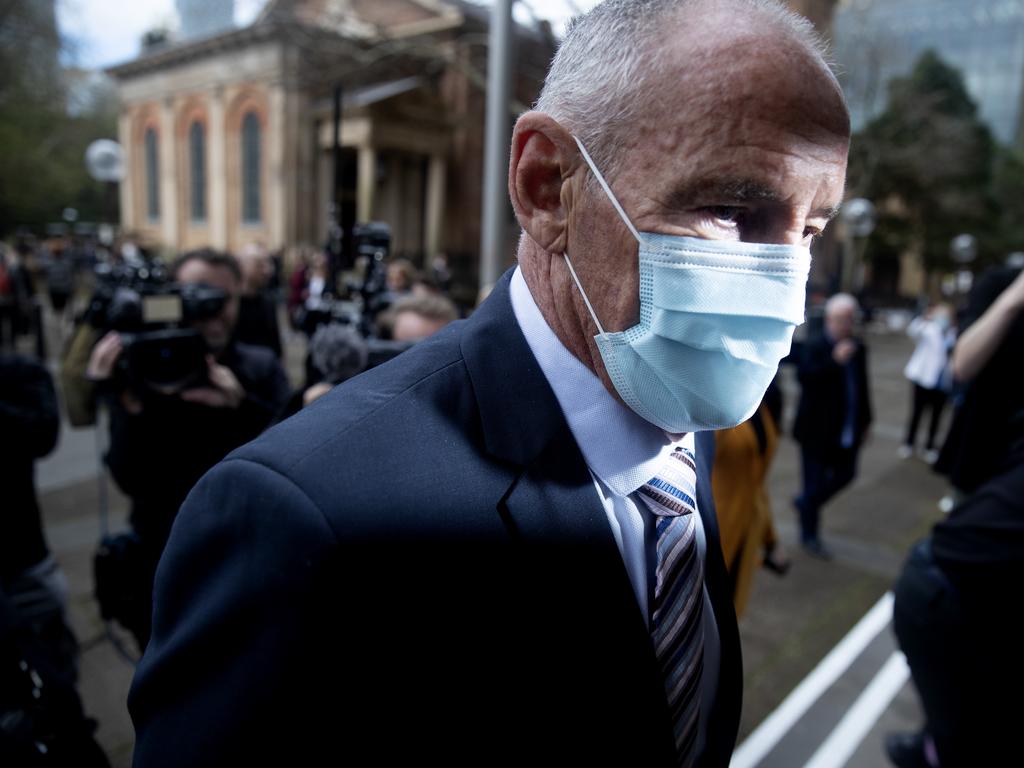
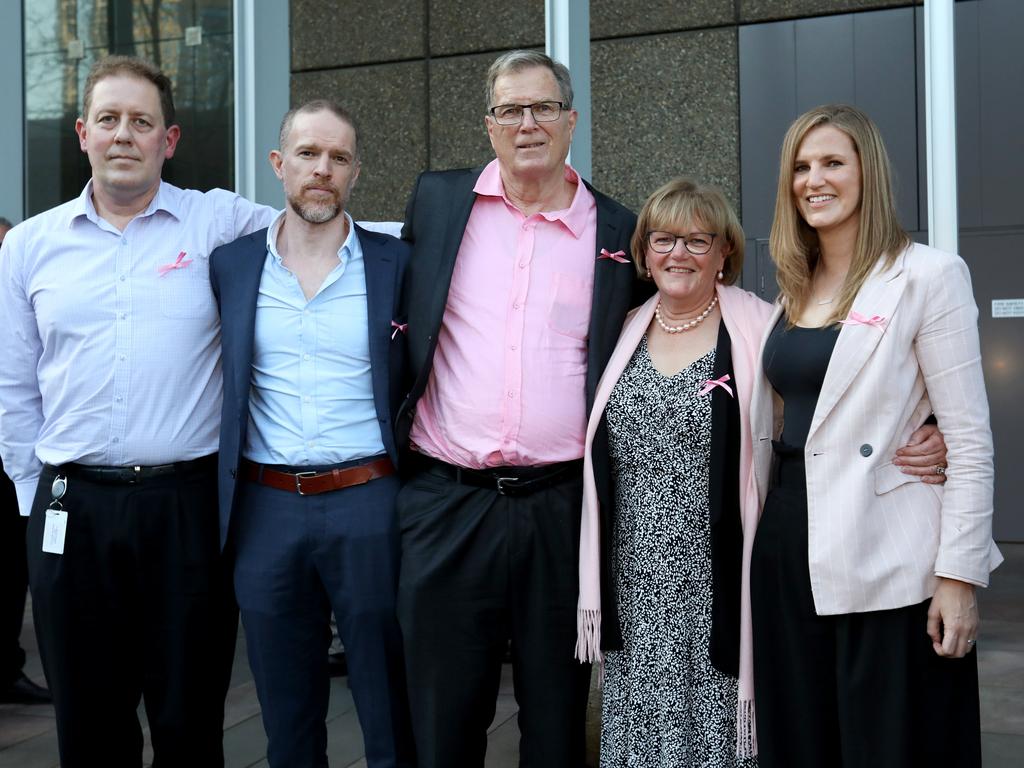
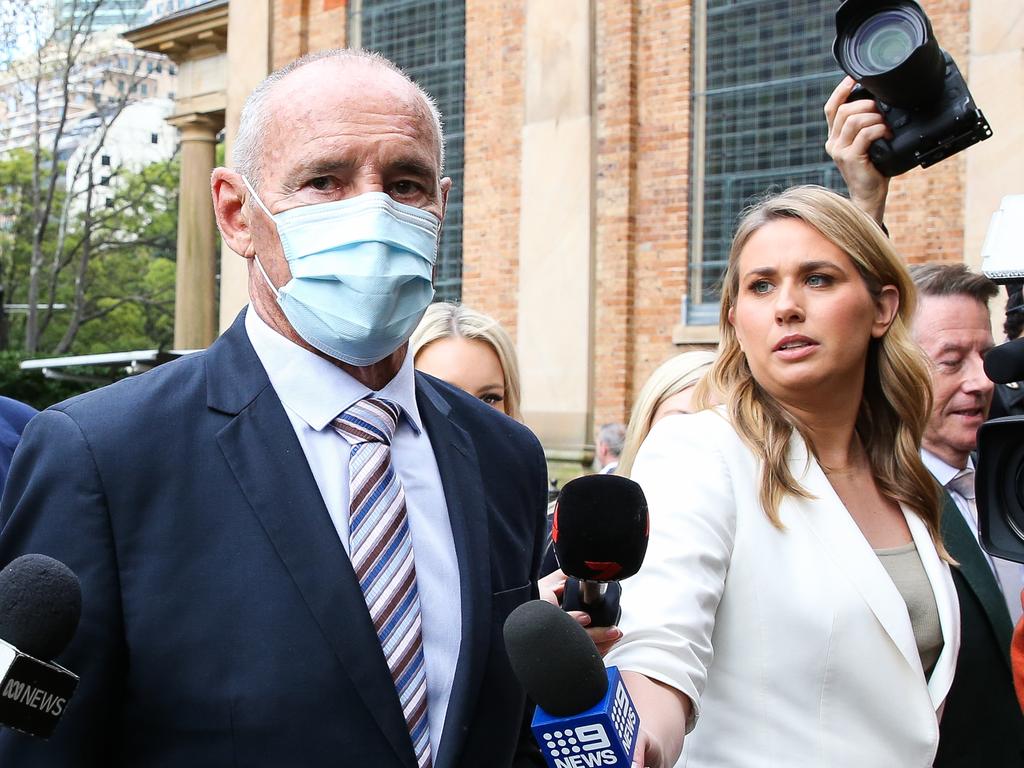
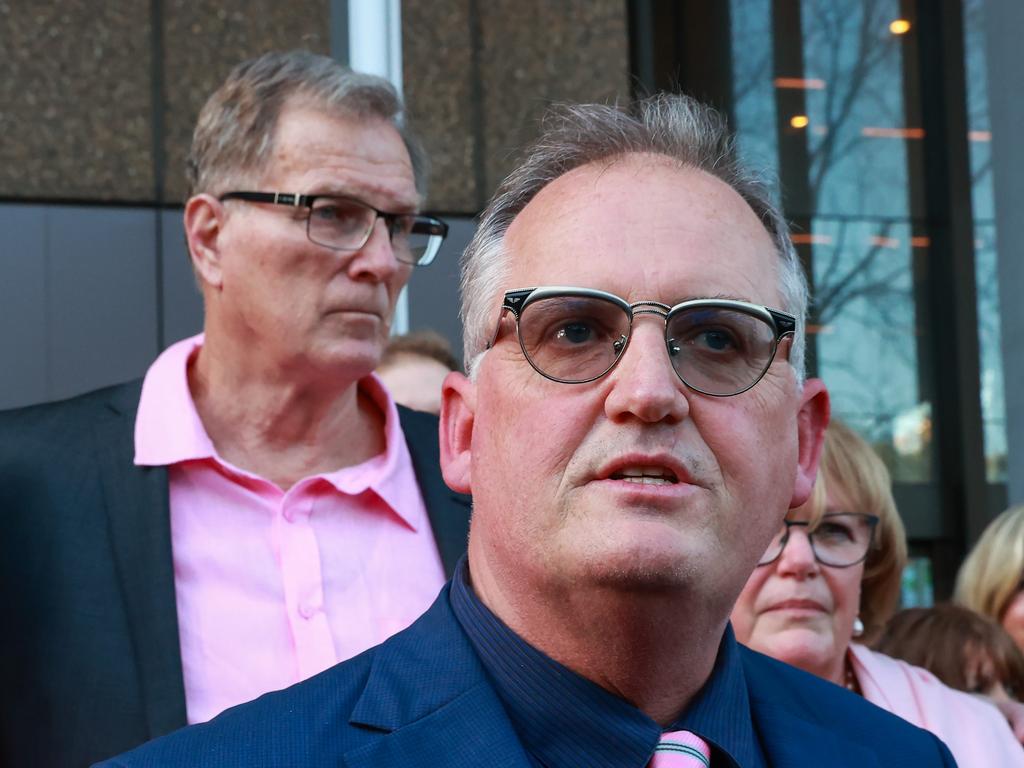


Say nothing. It’s the first thing a criminal lawyer tells their client. Any person who has watched an American cop show knows the power of “no comment” in an interview. And on Tuesday we saw why. Christopher Dawson was convicted on his own words.